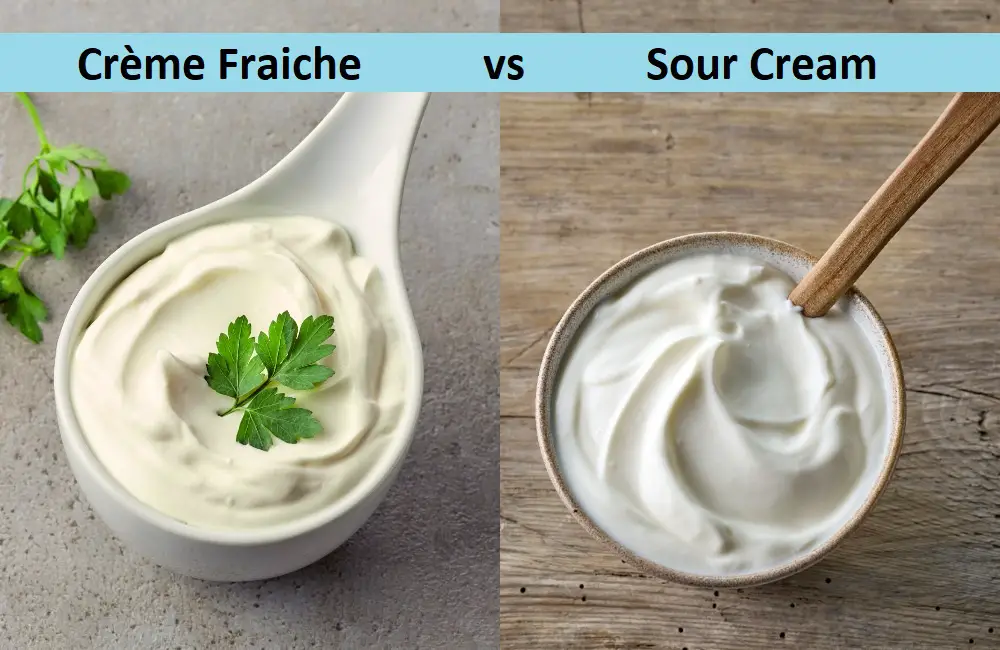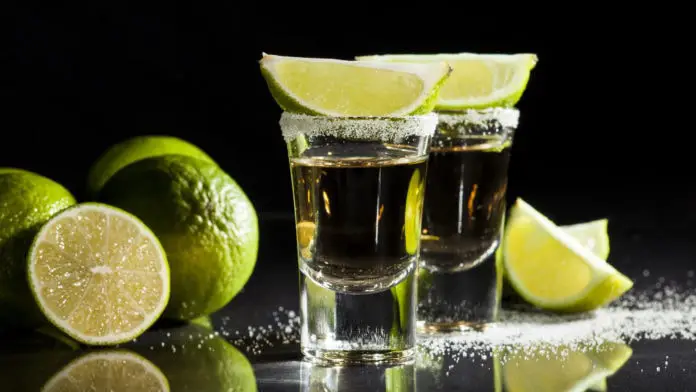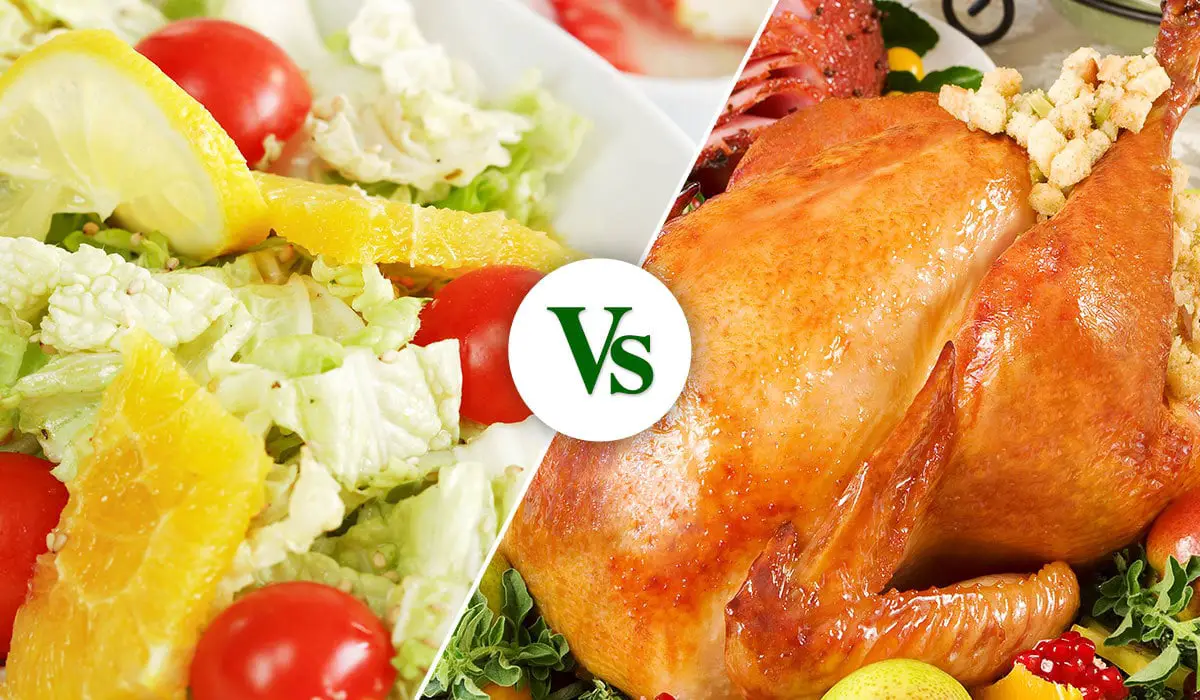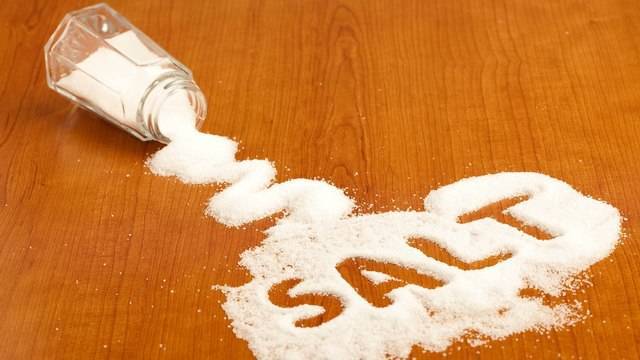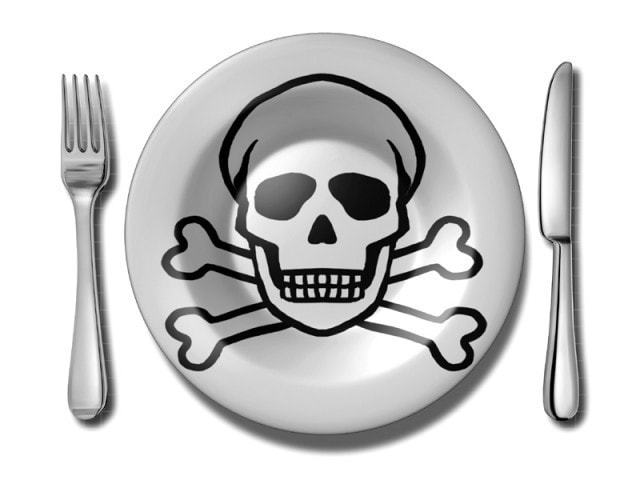Difference Between Crème Fraiche and Sour Cream
Both crème fraiche and sour cream add flavor, texture, and unique tanginess. Be it fish taco or chocolate mousse, you will find the dishes incomplete without them. You may have often wondered, what is the difference between creme fraiche and sour cream?
By the end of this article, you won’t ever become confused with these two again!
Crème Fraiche vs. Sour Cream: An Overview
The fat composition of sour cream is nearly 20%. You have to mix the cream with a culture of lactic acid; it will then acquire a sour taste. Sometimes stabilizers are added to thicken the cream. The mixture might curdle if you apply heat or simmer it since it contains more protein than fat.
Crème fraiche contains 30% fat, and traditionally it is unpasteurized. As a result, it is already rich in bacteria needed to make it thick. In some countries (for example, the United States), pasteurization is mandatory for health concerns. In this case, crème fraiche is made by adding fermenting agents with necessary bacteria.
Sour cream is less thick and has lower fat content compared to crème fraiche. But crème fraiche is tangier than sour cream. It won’t curdle, and you can easily use it in sauces and also soups!
What Is Crème Fraiche?
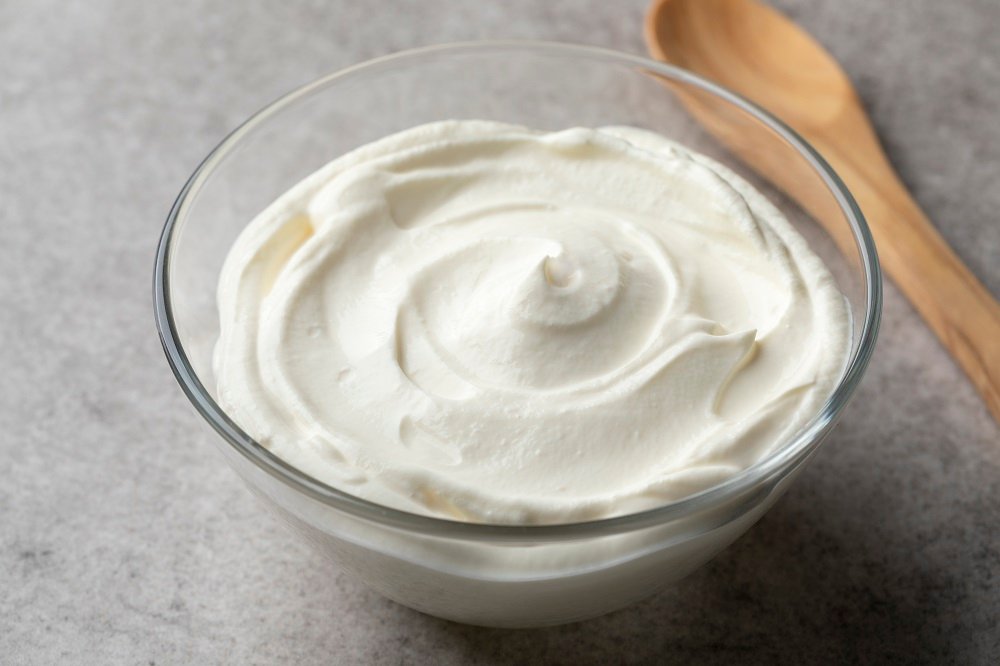
Crème fraiche was originates in France. Traditionally, it is perfect for ripening since the French use unpasteurized cream. Crème fraiche is thicker, milder and does not hit you with a tangy smell.
The United States, however, does not allow unpasteurized food due to health issues. Manufacturers still preserve the taste for you by adding bacteria culture to it and making it safer in the process.
The acidity level of crème fraiche is way lower than sour cream, and it contains 30% fat. High-fat content keeps it from curdling in soups and sauces. You can get the best out of crème fraiche by either adding it directly to your soup or during the preparation of desserts.
Difference Between Heavy Cream and Whipping Cream( With Table)
What Is Sour Cream?
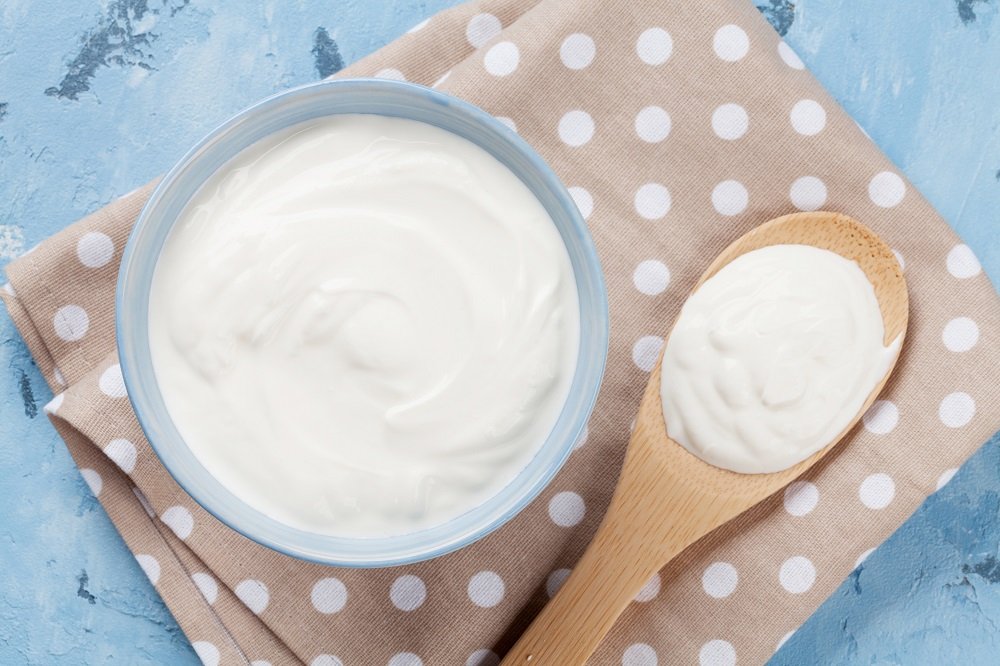
Sour cream originated in Eastern Europe and Russia. Bacteria is added to the cream to convert lactose to lactic acid. This process adds a sour and delicious taste to the cream.
Due to the creation process, you will find sour cream thicker than crème fraiche. Sometimes, stabilizers, for example, gelatin, are added to get a thicker texture.
Sour cream is high in protein and low in fat (20%). Since it has high protein, sour cream can easily curdle in heat. Its acidic nature also affects the overall taste of the dish. You can put the cream after you are done cooking or when you are plating.
Main Differences Between Crème Fraiche and Sour Cream
- The fat content of crème fraiche is 30%, and that of sour cream is 20%.
- Due to its high-fat content, crème fraiche does not curdle in heat. But sour cream easily curdles when it is added while cooking.
- Crème fraiche is traditionally made with unpasteurized cream, and bacteria are added to sour cream in the beginning, to convert the lactose to lactic acid.
Comparison Table of Crème Fraiche and Sour Cream
| Parameter | Crème Fraiche | Sour Cream |
| Fat content | Higher fat content and lower protein. | Lower fat content and higher protein. |
| Acidity | Mild and less acidic, blends with fried dishes | Highly acidic, keeps baked food moist. |
| Flavor | Mild and creamy flavor, best for raw preparation of desserts and fruit dishes. | Savory and tangy flavor, perfect for Mexican and Russian dishes |
| Curdling | High-fat content does not allow it to curdle when heat is applied | High protein content makes it curdle in heat |
| Pasteurization | Not pasteurized originally. | Pasteurized in creation. |
Learn The Difference Between Cream of Coconut and Coconut Cream
Conclusion
Crème fraiche vs sour cream debate ultimately comes down to you, the chef. Since crème fraiche has high-fat content, you can directly add it to the soups or hot dishes. Sour cream comes with its own savory tang and rich taste, but it will curdle if you try to boil it with your food.
Consider the prices, health benefits, and taste of both, and then choose according to the dish you are cooking. Best of luck!
